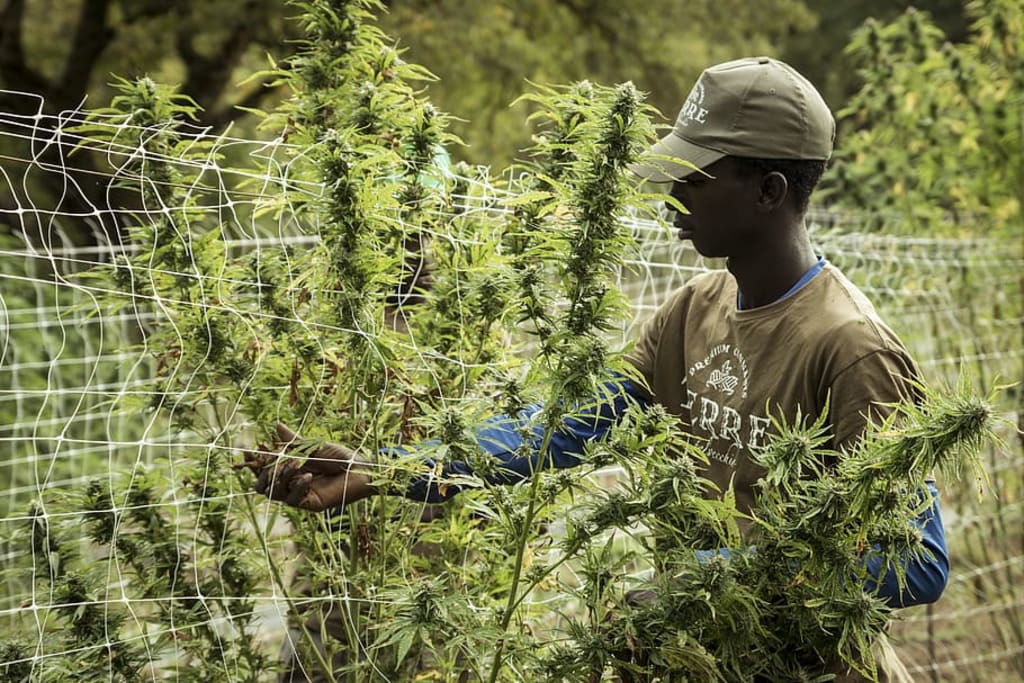Misconceptions about Marijuana Production That We Shouldn't Ignore
Marijuana growing is going commercial.

With marijuana being legitimized in various American states and countries around the world, the commercial viability of the plant is now on the table. This means that silly myths that used to surround the plant should be ignored in favor of facts and economic factors to make sure production meets market demand.
This article will dispel some of the major fallacies that surround marijuana growing so the reader has a more realistic picture of its production.
Marijuana Grows Easily Like a Weed -- So Large-Scale Production is Easy
One of the arguments made for the legitimization of Marijuana is that it's a common plant that's easily grown everywhere. This gives us the assumption that large-scale commercial production is viable in any corner of the world and can be done by any hippie with a plot of land.
Unfortunately, now that the industry is being formalized, we must face the fact marijuana has its caveats to scale on the same level of tobacco or corn. The pirate-like industry had been used to horticulture and most of the caveats of commercial production were private or relatively unknown. The art of agriculture involves the cultivation of the soil, growing crops, and efficiently distributing the product.
In an open market place, I would have more confidence in those with experience in large scale grain production to make commercial cannabis than those previously involved with the underground growing industry. There are lots of ambitious growing startups that are popping up, but we have to be realistic about where it's going in the big picture.
Home Growing is Expensive or Inefficient
On the reverse side of things, legally growing hemp or marijuana for personal use isn't that hard or expensive considering how little of it you need. You've probably seen on TV that home growing requires a bunch of expensive lamps to get things going. In reality, using discounted growing equipment with coupons and cheap led lights, a few potted plants aren't a big deal.
If you live in the ideal climate, growing in one's garden is viable, assuming it's perfectly legal in your neck of the woods. With the growing science behind the medicinal value of hemp, even gardening enthusiasts that don't smoke it would like to keep it around as a medicinal herb.
I would argue that home production, solely for personal use, would be the greener way of obtaining your cannabis. This ultimately depends on local laws, and may not be viable in every state.
Everyone is Embracing Cannabis - So The Growing Industry is Safe From the Government
It is indeed true that more and more people in the developed world are accepting of the legalization of cannabis, but let's not get too ahead of ourselves. Even if government authorities are stepping back from their puritan views, the growing industry still not saves from environmental regulation.
Commercial cannabis growing is water-intensive, and in the case of indoor growing, it's also power-hungry. Over 20 liters of water per day per plant is typical during a growing season, and that can potentially cause harm to aquatic life.
The growing demand for marijuana is also causing undocumented farms to pop up in national forests where water is diverted from natural stream to crops. This is especially troublesome in the drought-prone and the weed-loving state of California.
The health benefits of cannabis are making bigger headlines, so these issues are usually ignored by the average marijuana enthusiast. If sensible regulations can come from the Federal or state governments, we may find a way to make this young industry environmentally sustainable.
Danger Surrounds the Growing Industry
Thanks to decades of illegality, social stigma, and Hollywood flare, there is a sense of danger attached to the production of marijuana. The stereotypical image might be of crops in Latin America being guarded by cartels, but that's what happens when the industry is driven underground and in the hands of criminals. The legal MJ production is going in the other direction.
Taking a look at Uruguay, a pioneer or marijuana regulation before the United States, violence is pretty much eliminated from the market. It could be argued the foreign policy and the war on drugs by the United States was the factor perpetuating violence rather than preventing it.
Wrapping Up
I believe the legalization and commercialization of marijuana is an amazing thing, but the environmental and socioeconomic factors should be examined. With the help of properly crafted regulation and an informed general public, we can achieve relative stability and safety within this experimental market.






Comments
There are no comments for this story
Be the first to respond and start the conversation.